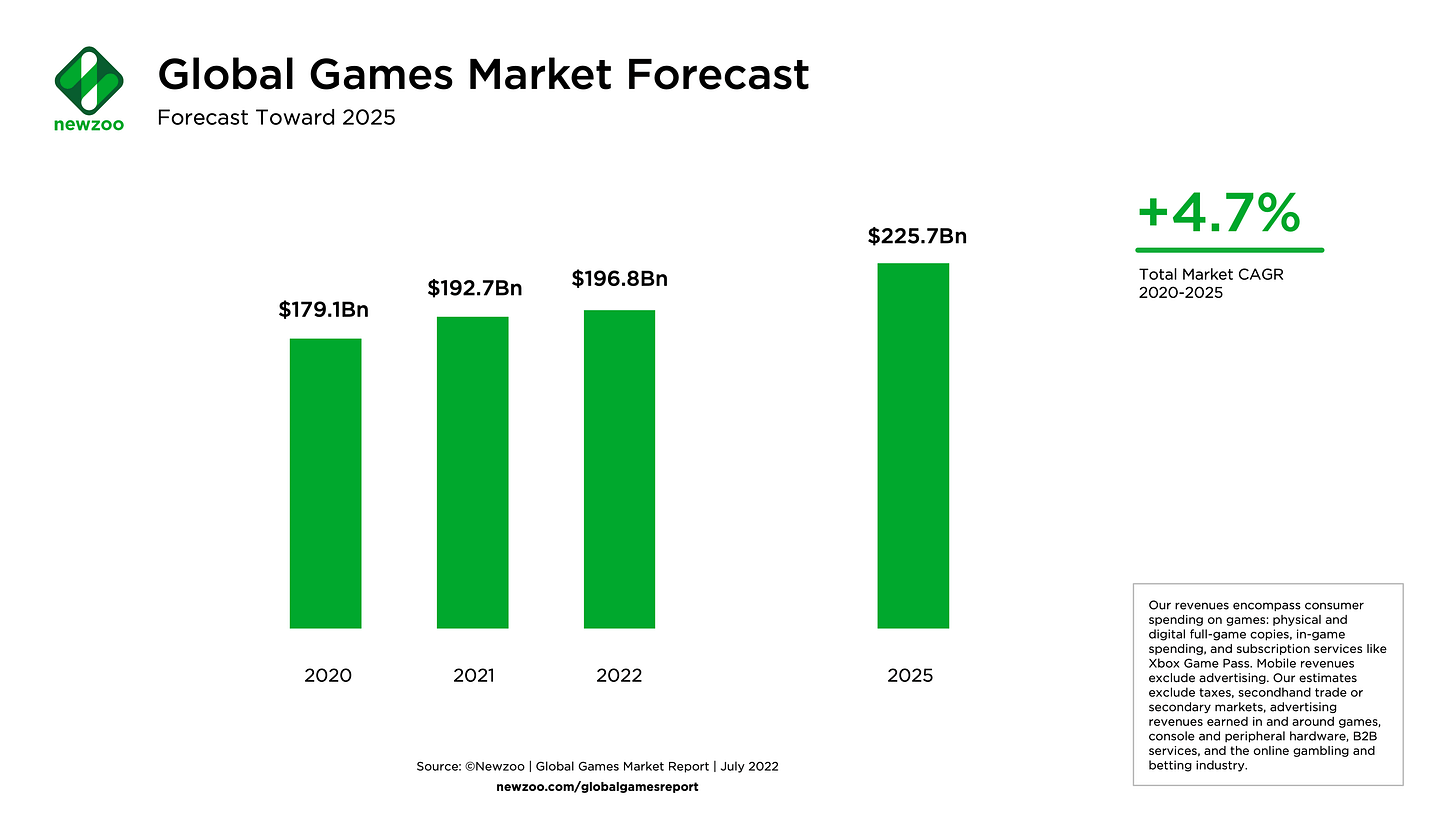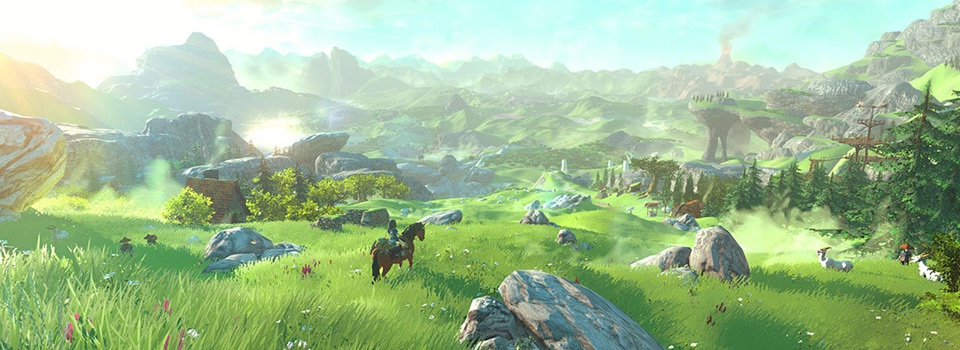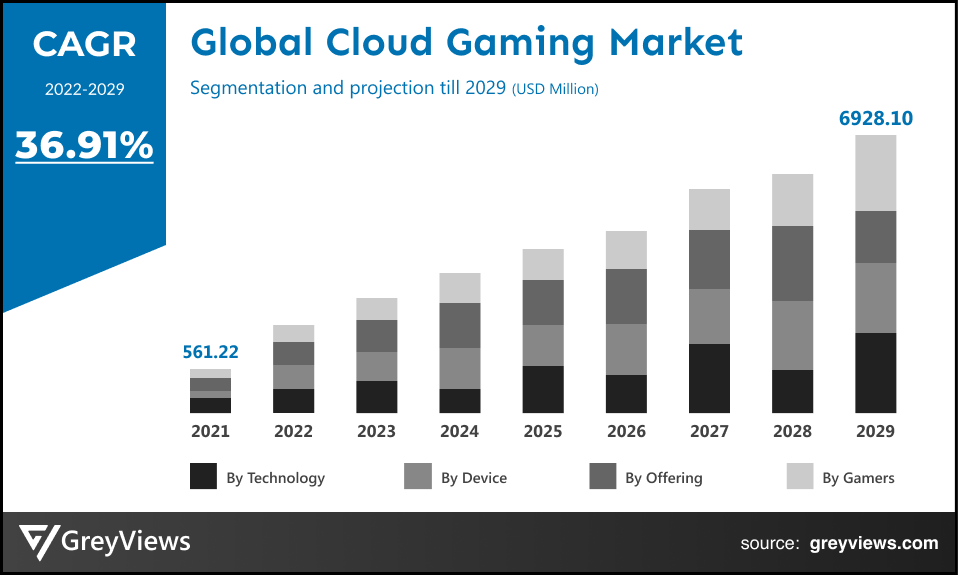The Evolving Landscape of Free-to-Play Online Gaming in 2025: A Comprehensive Overview
Related Articles: The Evolving Landscape of Free-to-Play Online Gaming in 2025: A Comprehensive Overview
Introduction
In this auspicious occasion, we are delighted to delve into the intriguing topic related to The Evolving Landscape of Free-to-Play Online Gaming in 2025: A Comprehensive Overview. Let’s weave interesting information and offer fresh perspectives to the readers.
Table of Content
The Evolving Landscape of Free-to-Play Online Gaming in 2025: A Comprehensive Overview

The world of online gaming is constantly evolving, and 2025 promises to be no different. While the landscape of free-to-play games has always been diverse, the next few years will see a shift towards more immersive experiences, innovative monetization models, and an increased focus on accessibility. This article delves into the key trends shaping the future of free-to-play online gaming, exploring the genres, features, and benefits that will likely dominate the scene in 2025.
The Rise of Immersive Experiences:
Gone are the days when free-to-play games were synonymous with simplistic gameplay and limited content. In 2025, expect to see a surge in free-to-play games offering comparable depth and richness to their paid counterparts. This evolution is driven by several factors:
- Technological Advancements: The continued development of cloud gaming and advanced game engines will allow developers to create more complex and visually stunning free-to-play games without compromising accessibility.
- Shifting Player Expectations: Gamers today are increasingly demanding engaging and immersive experiences, regardless of the price tag. Free-to-play developers are responding to this demand by investing in high-quality graphics, captivating narratives, and sophisticated gameplay mechanics.
- Evolving Monetization Models: The traditional model of relying heavily on microtransactions is being challenged by new approaches. Developers are experimenting with alternative monetization strategies like cosmetic items, season passes, and optional in-game subscriptions, fostering a more balanced and player-friendly environment.
Genre Diversity: A Spectrum of Options:
The free-to-play landscape in 2025 will be characterized by a diverse range of genres, catering to a wide spectrum of player preferences:
- Massive Multiplayer Online Role-Playing Games (MMORPGs): MMORPGs remain a mainstay of the free-to-play market, with titles like "Black Desert Online" and "Lost Ark" setting the standard for expansive worlds, engaging social interactions, and persistent progression.
- Battle Royale: The popularity of battle royale games like "Fortnite" and "Apex Legends" will continue to grow, with new titles emerging and pushing the boundaries of the genre with innovative gameplay mechanics and diverse settings.
- Multiplayer Online Battle Arenas (MOBAs): MOBAs like "League of Legends" and "Dota 2" will remain competitive esports staples, with new free-to-play titles emerging and challenging the established order.
- First-Person Shooters (FPS): The free-to-play FPS market will continue to thrive, with titles like "Call of Duty: Warzone" and "Valorant" offering fast-paced action and competitive gameplay.
- Mobile Gaming: Free-to-play mobile games will continue to dominate the market, with titles like "Clash of Clans" and "PUBG Mobile" demonstrating the genre’s potential for engaging gameplay and social interaction.
Accessibility and Inclusivity:
Free-to-play games are inherently accessible, removing the financial barrier to entry for many players. In 2025, accessibility will become an even greater focus, with developers implementing features to cater to a wider audience:
- Cross-Platform Play: Allowing players on different platforms (PC, consoles, mobile) to play together will break down barriers and foster a more inclusive gaming community.
- Accessibility Options: Incorporating features like customizable controls, colorblind modes, and text-to-speech options will ensure that games are enjoyable for players with diverse abilities.
- Localized Content: Offering games in multiple languages and with culturally relevant content will broaden the appeal and reach of free-to-play titles.
The Benefits of Free-to-Play Gaming:
Free-to-play games offer numerous benefits to both players and the gaming industry:
- Low Barrier to Entry: The free-to-play model allows players to try out games without financial commitment, fostering exploration and experimentation.
- Increased Player Base: The absence of a price tag attracts a wider range of players, creating larger and more active communities.
- Constant Updates and Content: Free-to-play developers are incentivized to provide regular updates and new content to retain players and generate revenue through microtransactions.
- Esports Growth: Free-to-play games have fueled the rise of esports, creating opportunities for professional gamers and passionate spectators.
- Innovation and Experimentation: The free-to-play model encourages developers to experiment with new gameplay mechanics, monetization strategies, and game design approaches.
FAQs about Free-to-Play Games in 2025:
Q: Are free-to-play games truly free?
A: While the initial download and access to the core gameplay are typically free, free-to-play games often offer optional in-game purchases, such as cosmetic items, premium currency, or gameplay advantages. However, these purchases are not necessary to enjoy the core gameplay experience.
Q: How do free-to-play games make money?
A: Free-to-play games primarily generate revenue through microtransactions, where players can purchase virtual items, currency, or other in-game advantages. These purchases are often optional and designed to enhance the gameplay experience without being essential.
Q: Are free-to-play games fair?
A: The fairness of free-to-play games is a subject of debate. While some games offer a balanced and competitive experience, others may prioritize monetization strategies that can create an uneven playing field. It is important to research and choose games that prioritize fair gameplay and player satisfaction.
Q: What are the risks associated with free-to-play games?
A: The primary risk associated with free-to-play games is the potential for excessive spending on in-game purchases. It is crucial to set spending limits and be mindful of the potential for addictive behavior.
Tips for Enjoying Free-to-Play Games in 2025:
- Research and Choose Wisely: Before committing to a free-to-play game, research its gameplay, monetization model, and community reviews to ensure it aligns with your preferences.
- Set Spending Limits: Establish a budget for in-game purchases and stick to it to avoid overspending.
- Focus on Fun: Remember that free-to-play games are meant to be enjoyable. Don’t feel pressured to spend money or engage in competitive play if it detracts from your enjoyment.
- Explore Different Genres: The free-to-play market offers a vast array of genres. Experiment with different games to find those that best suit your interests.
- Engage with the Community: Free-to-play games often have active communities. Join forums, Discord servers, and social media groups to connect with fellow players and share experiences.
Conclusion:
The future of free-to-play gaming in 2025 is bright, promising a diverse and engaging landscape for players of all backgrounds. With advancements in technology, evolving monetization models, and a focus on accessibility, free-to-play games will continue to redefine the gaming industry, offering an unparalleled level of entertainment and community for players worldwide. As the industry evolves, it is crucial for players to remain informed and prioritize games that align with their values and gaming preferences, ensuring a positive and enriching experience.








Closure
Thus, we hope this article has provided valuable insights into The Evolving Landscape of Free-to-Play Online Gaming in 2025: A Comprehensive Overview. We appreciate your attention to our article. See you in our next article!